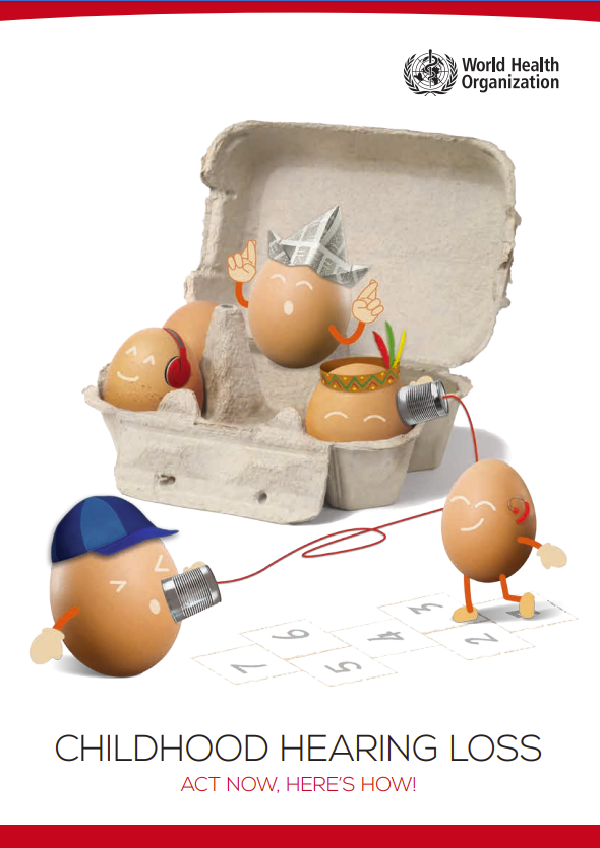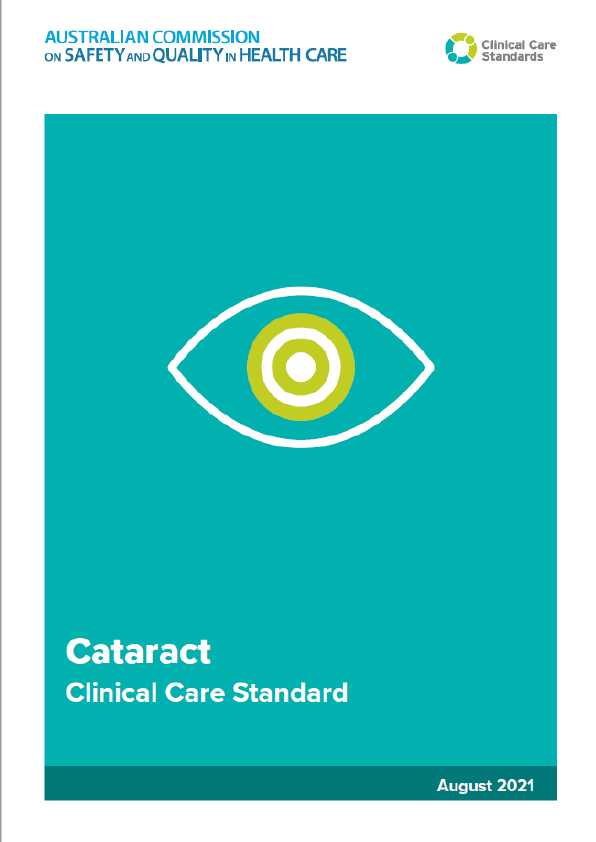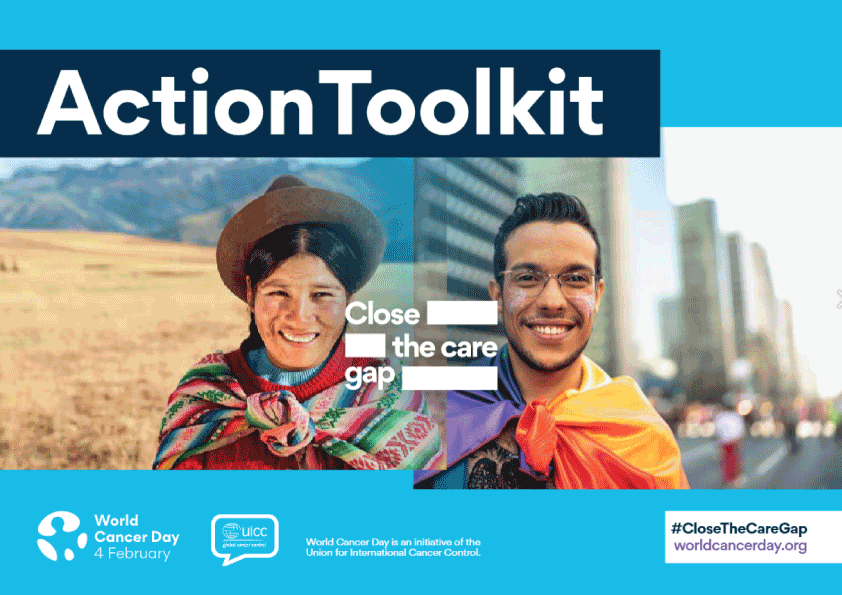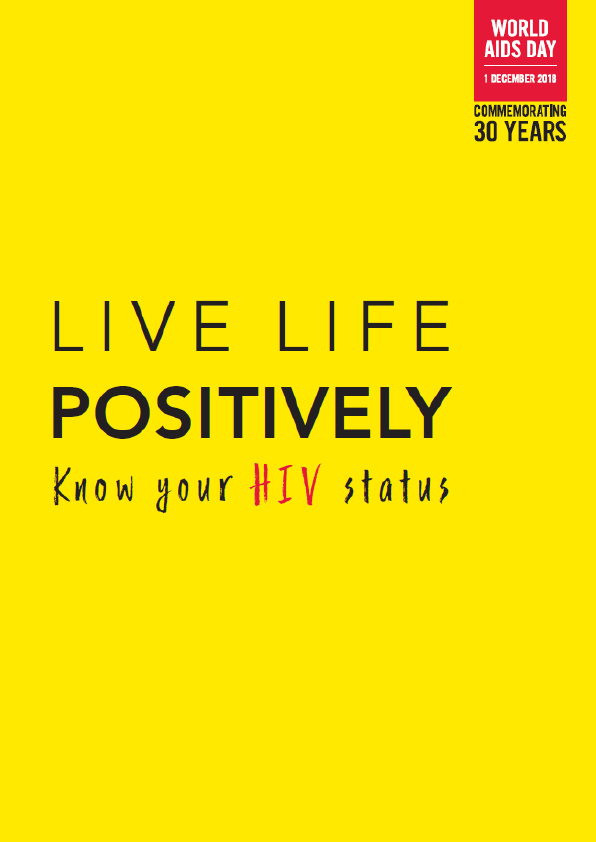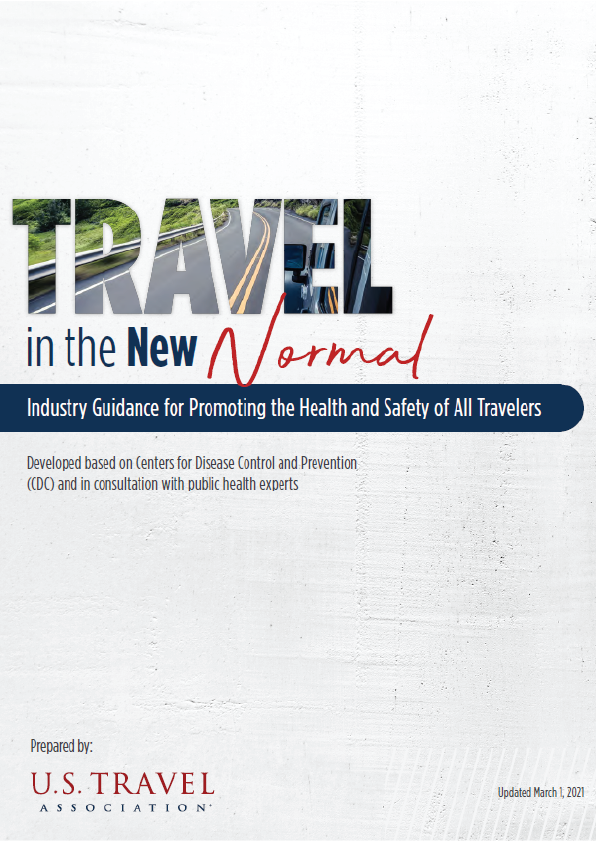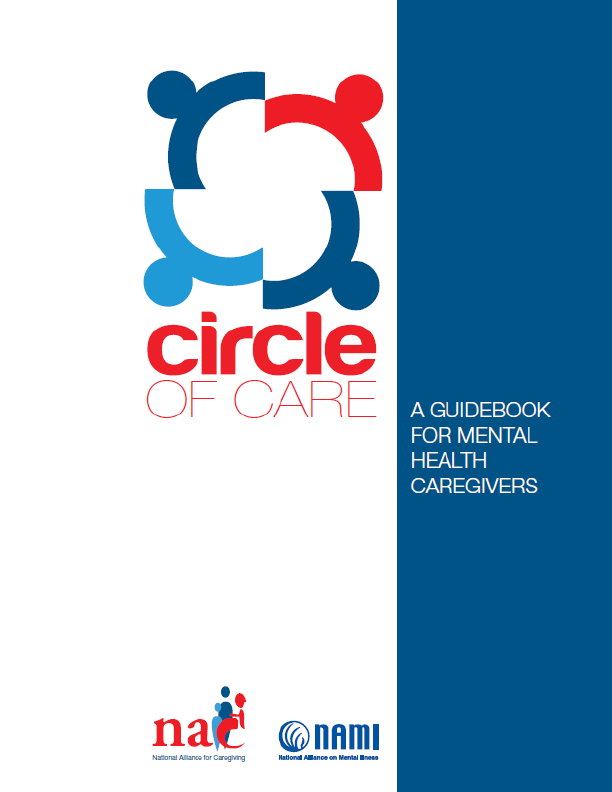The way humans perceive their world is mediated through sensory experiences. Of all the senses, it is hearing that fundamentally facilitates communication and fosters social interaction, allowing people to forge relationships, participate in daily activities, be alerted to danger, and experience life events.
Around 360 million people – 5% of the world’s population – live with hearing loss which is considered disabling; of these, nearly 32 million are children. The vast majority live in the world’s low-income and middle-income countries.
For children hearing is key to learning spoken language, performing academically, and engaging socially. Hearing loss poses a barrier to education and social integration. As such children with hearing loss can benefit greatly from being identified early in life and offered appropriate interventions.
WHO estimates that around 60% of childhood hearing loss could be avoided through prevention measures. When unavoidable, interventions are needed to ensure that children reach their full potential through rehabilitation, education, and empowerment. Action is needed on both fronts.
What is the impact of hearing loss if not addressed?
While the most obvious impact of childhood hearing loss is on language acquisition, the condition also has consequences for overall literacy, and the development of social skills and attitudes, including self-esteem. Untreated hearing loss is often associated with academic underachievement which can lead to lower job performance and fewer employment opportunities later in life. For a child, difficulties in communication may result in feelings of anger, stress, loneliness, and emotional or psychological consequences which may have a profound effect on the family as a whole. In low-resource settings in which a child would already be at higher risk of injury, hearing loss can place a child in unsafe situations due to decreased alertness. In a broader Hearing context, untreated hearing loss affects the social and economic development of communities and countries.
A number of factors determine the impact of hearing loss on an individual. These include:
• Age of onset: The initial years of life are the optimal period for speech and language development. The impact of hearing loss is greatest in those who are born with or develop hearing loss soon after birth.
• Degree of hearing loss: This may range from mild to profound. The higher the severity, the greater the impact.
• Age of identification and intervention: The sooner a child is identified with hearing loss, and the earlier he/she receives support services, the greater the opportunity for learning spoken language. The Joint Committee on Infant Hearing recommends that all children with hearing loss should receive intervention by six months of age. Early identification and intervention are also credited with significantly reducing the increased education costs associated with hearing loss and improving earning capacity, in later life.
• Environment: The overall living environment, including access to services, significantly influences the development of a child with hearing loss. Children with hearing loss who have access to hearing technology such as hearing aids and cochlear implants, sign language, and special education are often able to participate on an equal basis with their peers who hear normally. Parent and family support groups facilitate the social inclusion of children with hearing loss.
